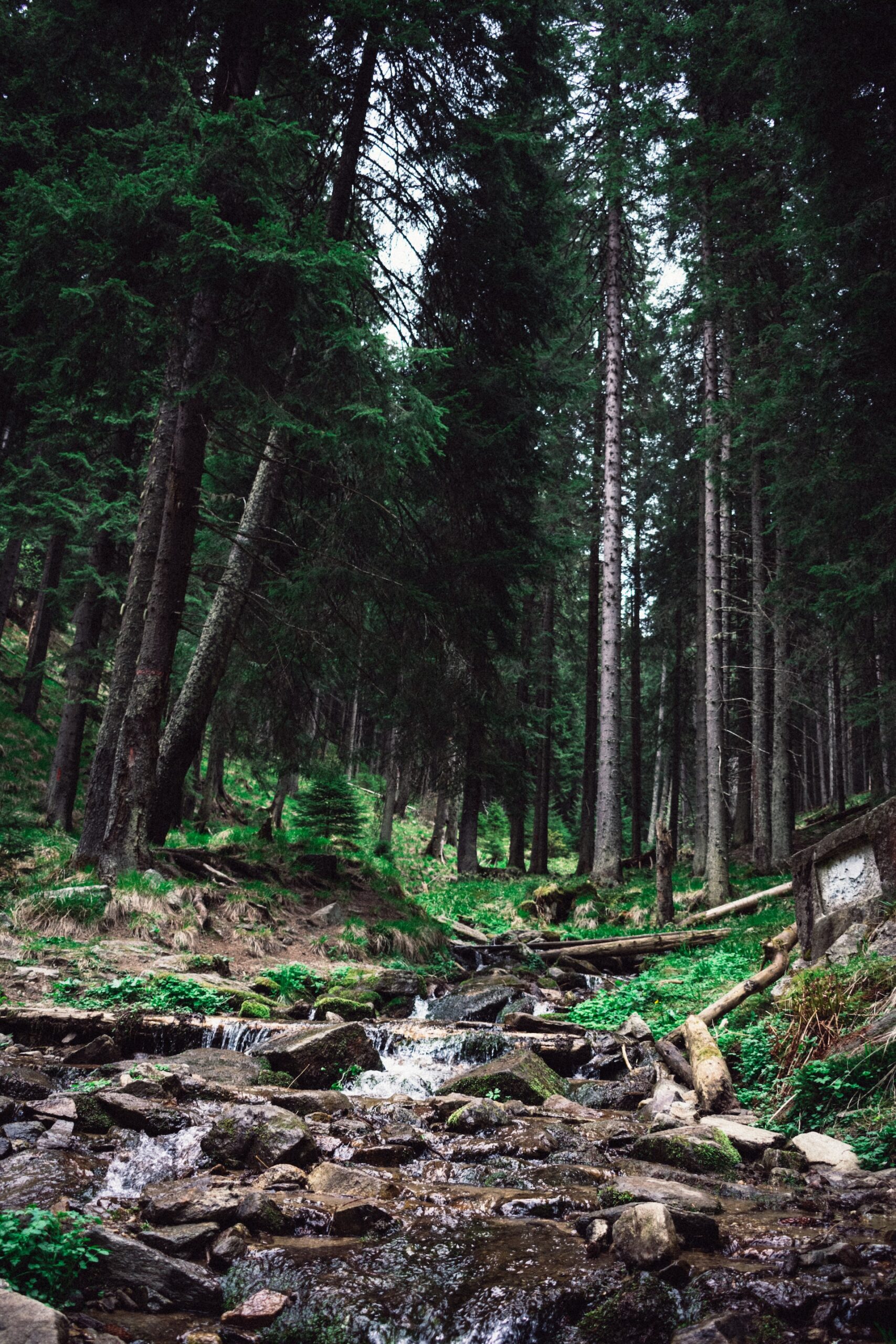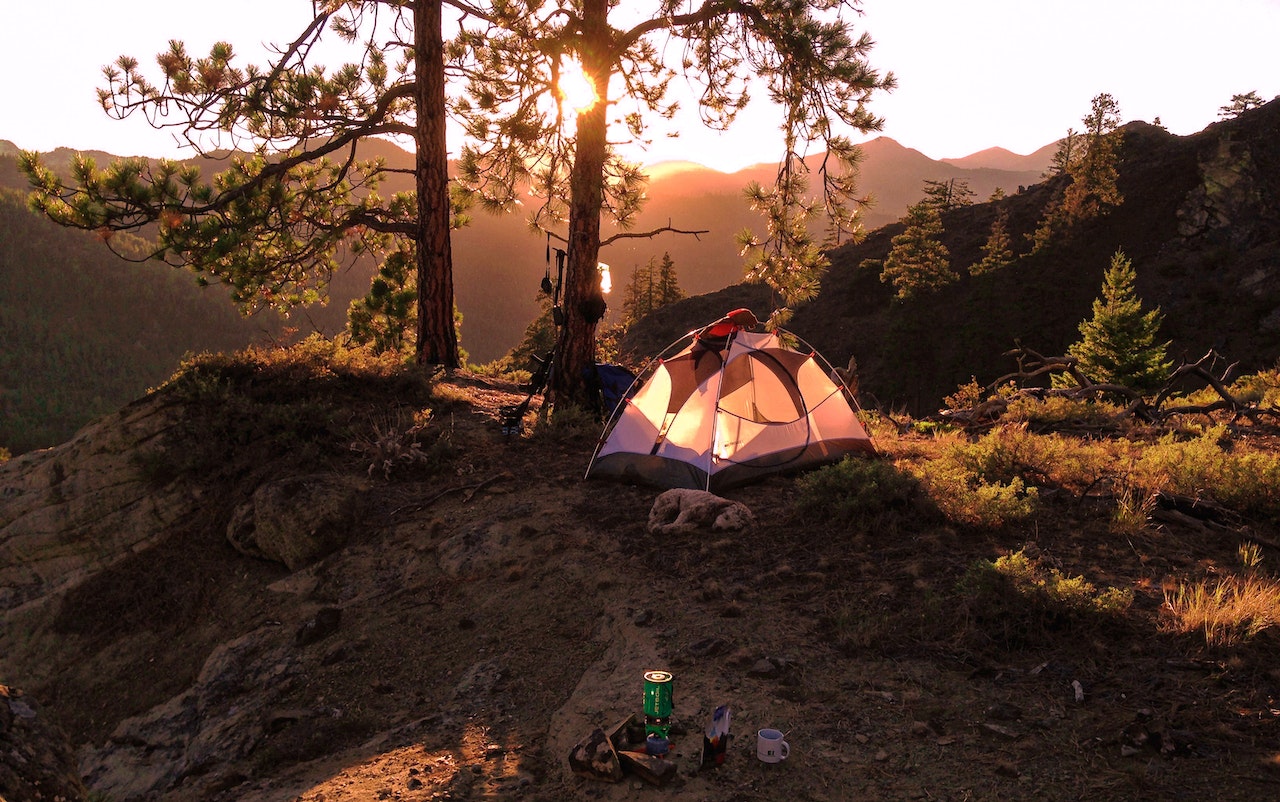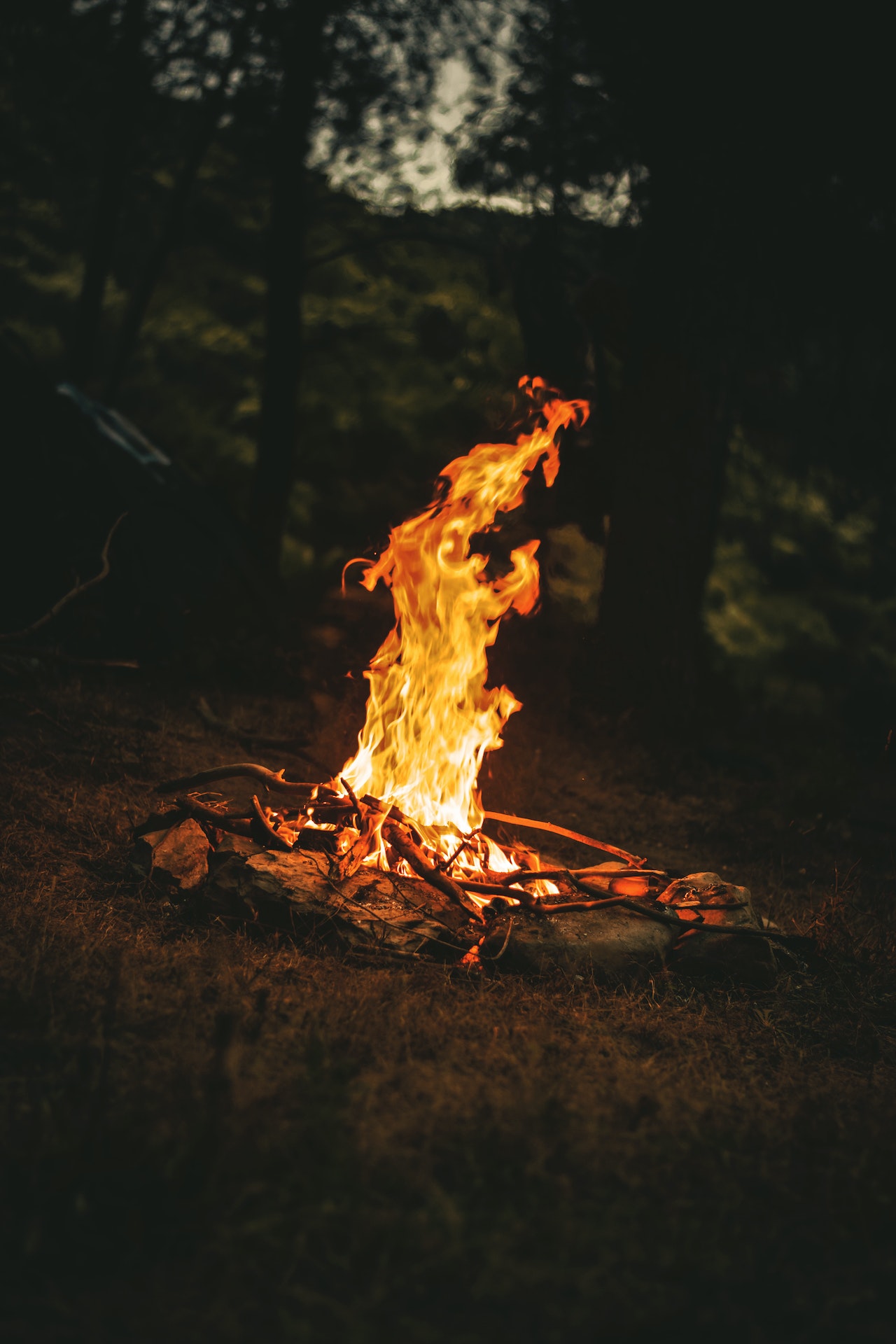Photo credit: Andrei Tanase Source: Pexels
Water is the elixir of life. When you find yourself in a wilderness situation, your priority rapidly becomes securing a safe, drinkable water source. However, finding water is only half the battle – ensuring its safety is equally crucial. This comprehensive guide will walk you through both aspects, allowing you to stay hydrated without compromising your health.
1. Recognizing the Importance of Clean Water:
Before diving into techniques, it’s vital to understand the risks of contaminated water. Pathogens, including bacteria, viruses, and parasites, can lead to severe illnesses, with symptoms ranging from diarrhea to life-threatening dehydration.
2. Finding Water in the Wilderness:
Look for Animal Activity: Often, animals can lead you to water sources. Track their movements, especially during early morning and evening when they’re likely to be drinking.
Vegetation and Insects: Dense vegetation and high insect activity can suggest proximity to a water source.
Valleys and Low Points: Water flows downwards. Walking downhill or following natural valleys can often lead to streams or ponds.
Digging for Water: In dry river beds or after spotting damp ground, dig a foot or two until you hit moist soil. Over time, water may fill the hole.
Morning Dew: Early morning, use a cloth to soak up dew from grass and plants. It’s labor-intensive but can provide a few ounces of hydration.
Rainwater: Collecting rainwater is one of the safest ways to drink in the wilderness. Use containers, clothing, or even leaves to catch it.
Melting Snow and Ice: Always melt snow and ice before consuming to avoid lowering your core body temperature. Avoid yellow or crystalline snow.
3. Recognizing Unsafe Water Sources:
Stagnant water, water with dead animals nearby, or water downstream from human activity should be treated with extreme caution. While they can be purified, always opt for cleaner sources when available.
4. Natural Indicators of Clean Water:
Fast-moving streams, especially those at higher altitudes, tend to be cleaner due to constant aeration and filtration through rock and sand.
5. Disinfecting Water:
Boiling: The most tried-and-true method. Bring water to a rolling boil and keep it boiling for at least one minute (or three minutes at altitudes above 2000 meters). This kills most pathogens.
Solar Disinfection (SODIS): Fill a clear plastic bottle with water and leave it in direct sunlight for at least 6 hours. UV rays from the sun will kill many pathogens. This method is more effective in high UV regions.
Water Filtration: Portable water filters can effectively remove most bacteria and protozoa. However, they might not filter out viruses. Check the filter’s specifications before purchasing.
Water Purification Tablets: These tablets release chemicals that kill pathogens. Always follow the package directions and wait the recommended time before drinking.
Homemade Filters: Using sand, rocks, and charcoal, you can construct a rudimentary filter. While it can remove sediments and some contaminants, it’s less reliable against microscopic pathogens. Always boil water after using a homemade filter.
6. Making a Fire for Boiling:
In wet conditions, making a fire can be challenging. Look for dry wood under thick trees or inside dead logs. Tinder can include dried moss, bird’s nests, or even pocket lint.
7. Making a Homemade Water Filter:
Find a Container: A plastic bottle works best. Cut off the bottom.
Layering: Start with a cloth or piece of clothing at the neck of the bottle. Then add layers of charcoal (from your fire), sand, and small rocks. Pour water through several times.
Final Boil: As mentioned earlier, always boil after filtering to ensure maximum safety.
8. Water Storage:
If you find a clean source, it’s wise to store some for later. Use containers like bottles or improvised containers from leaves or animal skins. Always ensure they’re clean before filling.
9. Conservation:
If you’re unsure when you’ll find your next water source, ration your supply. However, don’t restrict drinking to the point of dehydration. It’s better to stay hydrated and continue seeking another source actively.
10. Recognizing Signs of Dehydration:
Symptoms include dark yellow urine, dry mouth, fatigue, and dizziness. If you or someone with you shows these signs, it’s crucial to hydrate them slowly and steadily.
Conclusion
Water is essential, and in the wilderness, its importance is magnified tenfold. While finding water is paramount, ensuring it’s safe to drink is equally crucial. With the knowledge and skills outlined above, you can confidently navigate your wilderness adventure, staying hydrated and healthy. Remember, nature provides – but it’s up to us to harness its gifts safely.



